Don’t be surprised if after a good rain, your succulents look brighter and more vibrant. Here’s how rain benefits succulents: It provides dissolved minerals and washes away dust that inhibits photosynthesis; it dilutes and flushes salts and harmful chemicals that have built up in the soil from tap water; and it provides nitrogen essential to growth, especially during electrical storms. It’s odd but true: Lightning nourishes plants.
To make the most of precious rain, collect it in buckets and use it to water house plants and in-ground succulents beneath eaves. When rain is forecast, move your container-grown patio plants where rain can soak them. (Once the storm is over, return them to their earlier location, lest sun scorch leaves—or if frost is a possibility.)
Succulents do best in regions where annual rainfall is less than 25 inches. Excessive amounts can cause roots to rot, especially if soil stays soggy. Prepare for this by growing the plants in coarse, fast-draining soil, on a slope or atop a berm.
My blog post, Succulents and Too Much Rain, A French Solution describes a French botanical garden’s simple but effective method of protecting its cactus collection.
Of all succulents, cacti seem to respond the most dramatically to rain. No surprise; they’ve been waiting all year for it. If they weren’t rooted, they’d be dancing. Opuntia (paddle) cacti that have been doing a whole lot of nothing for months rapidly grow new pads that can double the size of a young specimen in a matter of weeks. It’s as though the pads were water balloons being squeezed; the resulting bulge is a new leaf.
And then there are ribbed cacti…those that look like round or columnar accordions. You can almost hear their crenellations pop and stretch as they plump with water. They’re such simple plants—not much more than balls or bats—and yet the way they grow is amazing. The process of becoming engorged with rainwater exposes more of their skin to the sun, enabling photosynthesis, which equals energy, which in turn fuels new growth. In the heat of summer, those same ridges and valleys deepen, shading and protecting the plant.
Now that succulents are hugely popular, I’m asked how to grow them in tropical climates that have a great deal of rainfall. It’s like asking how to grow monkeys in Alaska. Sure it’s possible, but is it worth it? By definition, succulents have the quality of succulence: juiciness. They’re expressly designed to get by without a lot of rainfall. The flip side is that they don’t survive well with it. So grow them in containers, and move them under shelter when the weather turns too wet. Even then, in humid climates, they may mildew. In which case, move them indoors, provide lots of sunlight and fresh air, and keep a dehumidifier going. (And get my book, Succulent Container Gardens. I wrote it for succulent lovers in challenging climates.)
Rainstorms are often followed by clear, windless nights, during which the temperature may drop near freezing or below. Many succulents are frost tender, meaning that at 32 degrees, the water in their tissues crystallizes, expands, and bursts cell walls. This can turn leaves to putty, irreparably damaging the plants. You can gain several life-saving degrees by covering your succulents with sheets, lightweight fabric, or frost cloth. But not plastic, which by trapping moisture and blocking light and air can cause more damage than it prevents.
If your succulents have been damaged by frost, they’re not necessarily goners. Learn more about this in my recent posts: Oh, No, My Succulents Froze! and Frost Damaged Succulents? Here’s What to Do. Notice the damaged tips on these aeoniums? No need to do anything. In a few months the older leaves will dry and fall off, and the rest will be hidden by new growth.
Related info
On this site:
How to Water Succulents Succulents—fleshy-leaved plants from hot, dry regions—are designed to live off water stored in their leaves and tissues in order to survive periods without rainfall. But this doesn’t mean you shouldn’t water them at all…[Continue reading]
Prepare Your Succulents for Rainstorms Succulents, which come from arid climates, may rot. Stems or trunks turn squishy and collapse. It may be possible to… [Continue reading]
Learn about pumice. No other soil amendment is as widely used by succulent growers and collectors as pumice (crushed lava rock). Here’s why…[Continue reading]
Succulents and Too Much Rain, A French Solution Want to protect your succulents from too much rain? Here’s how the Jardin Zoologique Tropical in southeastern France…[Continue reading]
Oh, No, My Succulents Froze! Will succulents recover from frost damage? It depends. Here’s how frost-tender succulents looked before temps dropped into the mid-20s F, and after…[Continue reading]
Caring for Your Succulent Garden After Rainstorms, Checklist Rain at last! Could the California drought finally be over? Well, no. It’ll take hundreds of years for underground aquifers…[Continue reading]
On My YouTube channel:
Why Succulents Rot and How to Prevent It
The post How Rain Benefits Succulents appeared first on Succulent Design in Gardens, Containers, More.
from Succulent Design in Gardens, Containers, More https://ift.tt/2GchYOn
via IFTTT

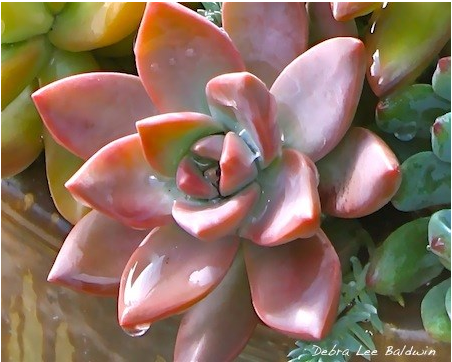
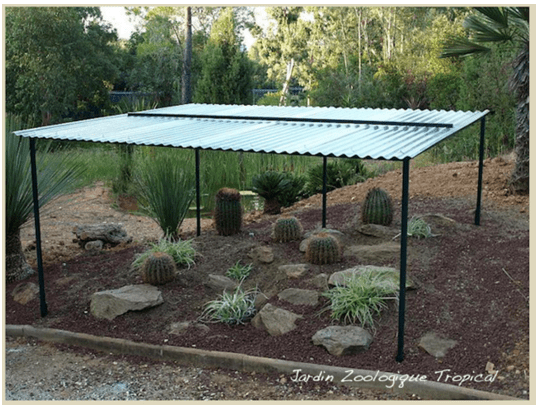
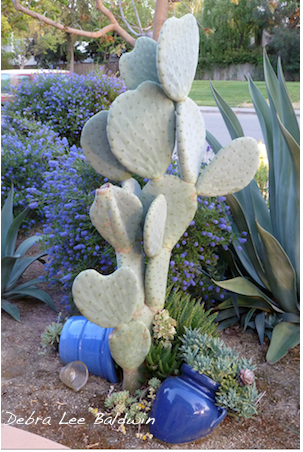
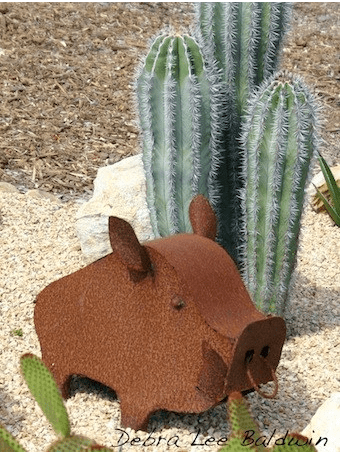
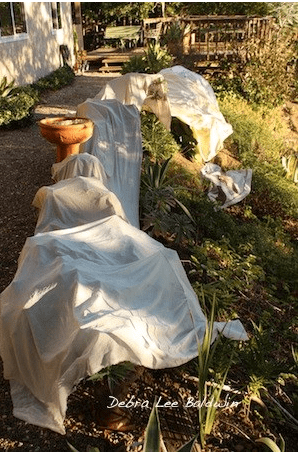
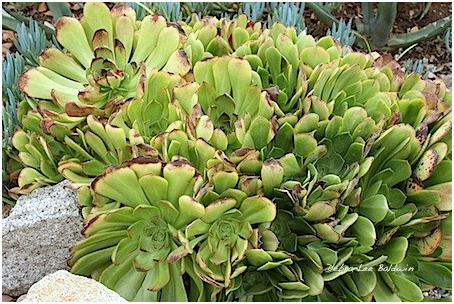
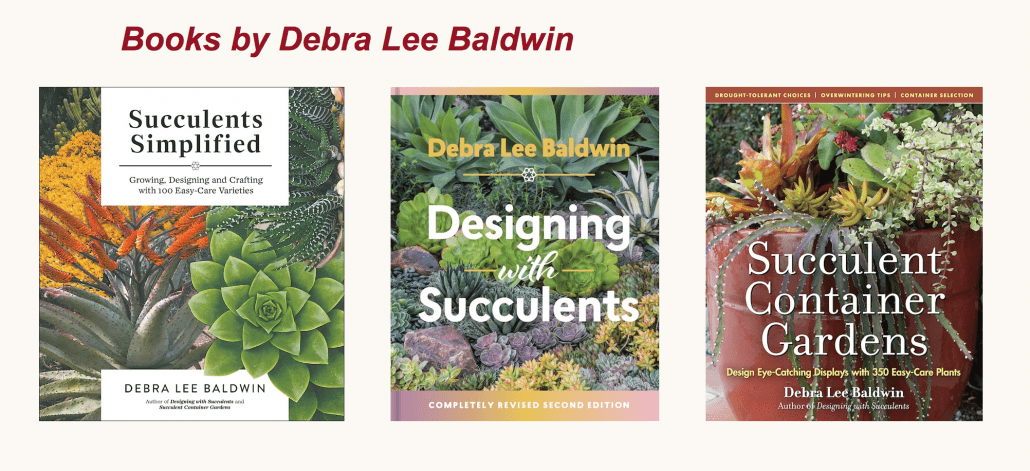
No hay comentarios:
Publicar un comentario